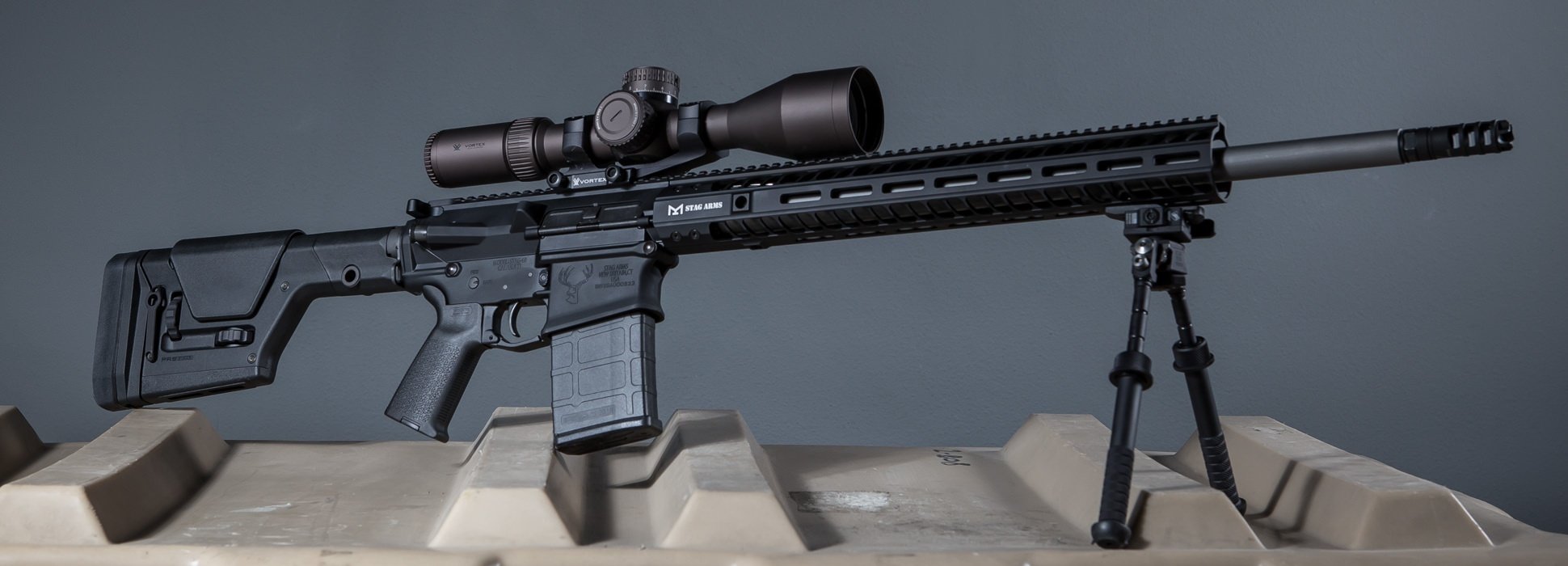 When it comes to firearms, consumers often wonder about military-grade and commercial-accessible parts. Both mil-spec and commercial buttstocks are widely available, but minor differences may hinder a firearm enthusiast’s satisfaction.
When it comes to firearms, consumers often wonder about military-grade and commercial-accessible parts. Both mil-spec and commercial buttstocks are widely available, but minor differences may hinder a firearm enthusiast’s satisfaction.
Understanding key differences is important, chiefly for collection purposes, as commercial and mil-spec buttstocks are very similar.
Size
Commercial and mil-spec receiver extensions differentiate in size. A completely mil-spec firearm tube is created from 7075-T6 alloy, which provides 1-3 and 16-16 UN thread rolls.
Commercial-spec additions were created to reduce the firearm owner’s overall costs, as the extension is manufactured from an extruded tube. The tube features a welded-on cap, normally made from a lesser metal. These threads match the mil-spec’s 1-3 and 16-16 thread. These buttstocks are a little longer, and in many cases, are a bit more slanted.
Both the Mil-spec and Commercial tubes will work on all AR-15 receivers. However, due to manufacturing processes, the threads on the commercial tubes are weaker than the ones on the mil-spec tubes.
Diameter
Commercial-spec buttstock tubes, in which the buttstock goes around to attach to the rifle, have a diameter of 1.168”, while the Mil-spec is slightly smaller and has a diameter of 1.148”. A buttstock designed for one size tube will not work on the other.
What Does Stag Arms Use?
Stag Arms only uses the Mil-spec size buttstock tubes. Even though they cost a little more for us to manufacture, they have stronger threads, and there are many more aftermarket buttstocks that will work with them than the commercial-spec tubes.



